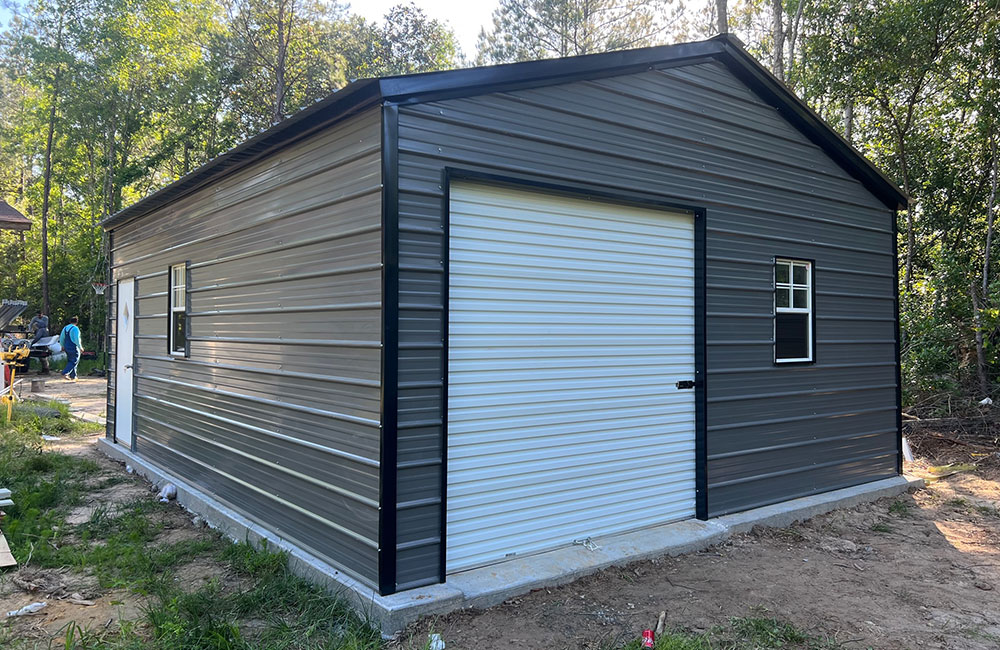
Concrete pads have become a popular foundation choice for a wide range of buildings, offering numerous advantages in terms of design, construction, and long-term benefits.
This article explores the key aspects of buildings on concrete pads, shedding light on their significance in the construction industry.
What are concrete pads?
Concrete pads, also known as slab-on-grade foundations, are horizontal slabs of concrete that serve as the base for various structures, eliminating the need for conventional crawl spaces or basements. The design of a concrete pad involves meticulous planning and consideration of site-specific factors, including soil conditions, load-bearing capacity, and environmental impact.
During the construction phase, site evaluation and soil testing play a crucial role in determining the appropriate concrete pad type. The common types of concrete pads include floating slabs, raft foundations, monolithic slabs, and post-tensioned slabs, each suited to different building requirements. The use of concrete pads ensures a stable and durable foundation that can resist shifting, settlement, and other ground movement, thus safeguarding the structural integrity of the building.
Advantages
The advantages of building on concrete pads extend beyond their stability. Concrete’s inherent properties make it resistant to moisture and mold, protecting buildings from potential water intrusion and dampness.
Additionally, concrete pads offer exceptional energy efficiency by leveraging thermal mass, reducing heating and cooling costs over time. Furthermore, concrete’s impenetrable nature acts as a natural barrier against pests, significantly minimizing infestation issues and associated damages.
Cost-effectiveness and longevity are among the most appealing features of concrete pads. Once properly constructed and maintained, they exhibit a longer life cycle compared to other foundation types, minimizing the need for frequent repairs and replacements.
This cost-saving aspect makes them an attractive choice for various building types, from residential homes and commercial structures to institutional facilities.
Maintenance and repair of concrete pads are relatively straightforward, and regular inspections can identify potential issues early on. With proper care, minor cracks and wear can be addressed through repair and resurfacing techniques, extending the pad’s life even further.
Concrete pads have seen advancements in sustainable practices. The use of eco-friendly concrete mixtures and green building certifications has led to reduced carbon footprints and increased overall sustainability in the construction industry.
Conclusion
Buildings on concrete pads offer a multitude of benefits that extend from the design phase to the building’s lifecycle. With their stability, durability, energy efficiency, pest resistance, and cost-effectiveness, concrete pads have solidified their position as a reliable and preferred foundation choice for a variety of structures.
